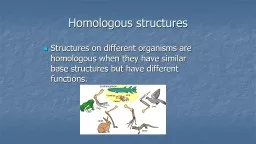PPT-Structures of Writing
Author : tatiana-dople | Published Date : 2016-03-28
Whos your DADI Description Action Dialogue Introspection Structures of Writing There are four basic structures of writing Description Action Dialogue Introspection
Presentation Embed Code
Download Presentation
Download Presentation The PPT/PDF document "Structures of Writing" is the property of its rightful owner. Permission is granted to download and print the materials on this website for personal, non-commercial use only, and to display it on your personal computer provided you do not modify the materials and that you retain all copyright notices contained in the materials. By downloading content from our website, you accept the terms of this agreement.
Structures of Writing: Transcript
Download Rules Of Document
"Structures of Writing"The content belongs to its owner. You may download and print it for personal use, without modification, and keep all copyright notices. By downloading, you agree to these terms.
Related Documents

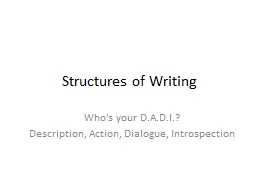

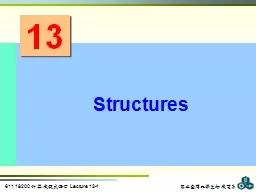
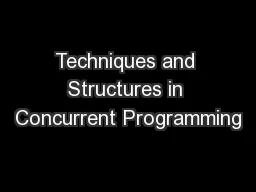
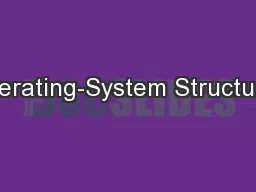
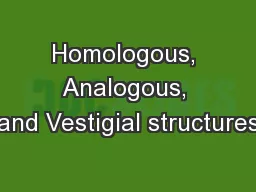
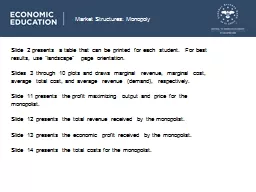
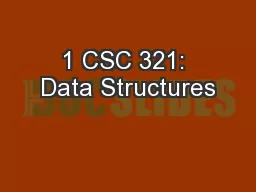
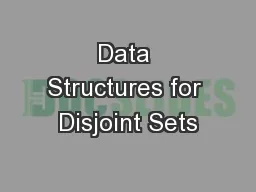
![[DOWNLOAD] - The Curious Classroom: 10 Structures for Teaching with Student-Directed](https://thumbs.docslides.com/901112/download-the-curious-classroom-10-structures-for-teaching-with-student-directed-inquiry.jpg)
![[DOWNLOAD] - 180 Days of Writing for Kindergarten - An Easy-to-Use Kindergarten Writing](https://thumbs.docslides.com/901444/download-180-days-of-writing-for-kindergarten-an-easy-to-use-kindergarten-writing-workbook-to-practice-and-improve-writing-skills.jpg)
![[EBOOK] - Teaching Writing in Kindergarten: A Structured Approach to Daily Writing That](https://thumbs.docslides.com/901683/ebook-teaching-writing-in-kindergarten-a-structured-approach-to-daily-writing-that-helps-every-child-become-a-confident-capabl.jpg)
![[EPUB] - Businesspeople Don\'t Like to Read, We Scan: A Quick, Strategic Guide for Effective](https://thumbs.docslides.com/902899/epub-businesspeople-don-t-like-to-read-we-scan-a-quick-strategic-guide-for-effective-business-writing-speaking-and-writing.jpg)
